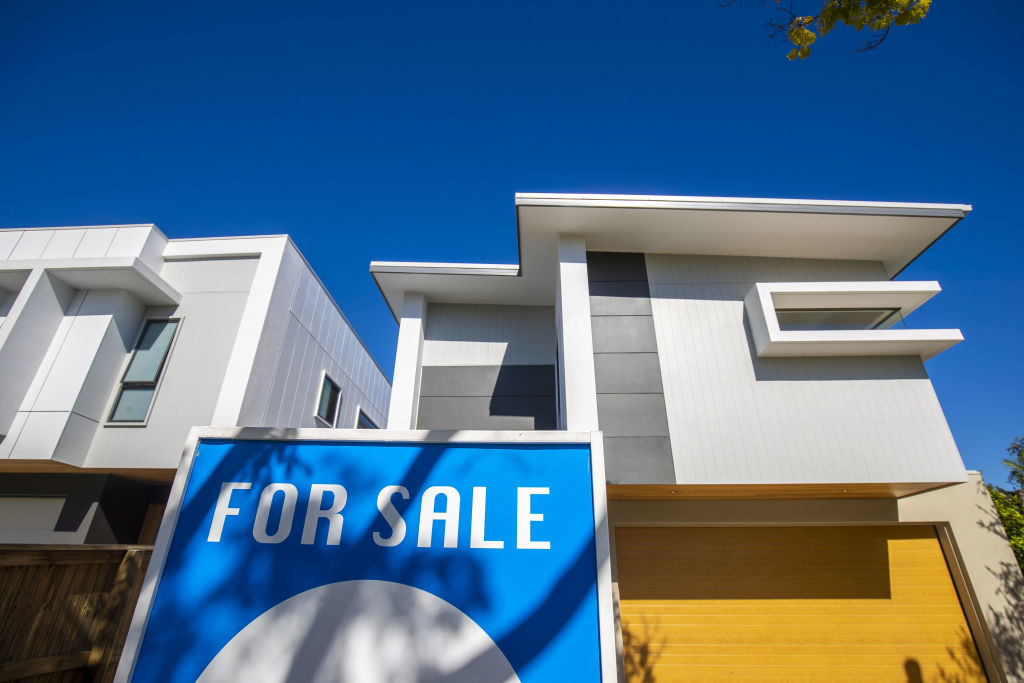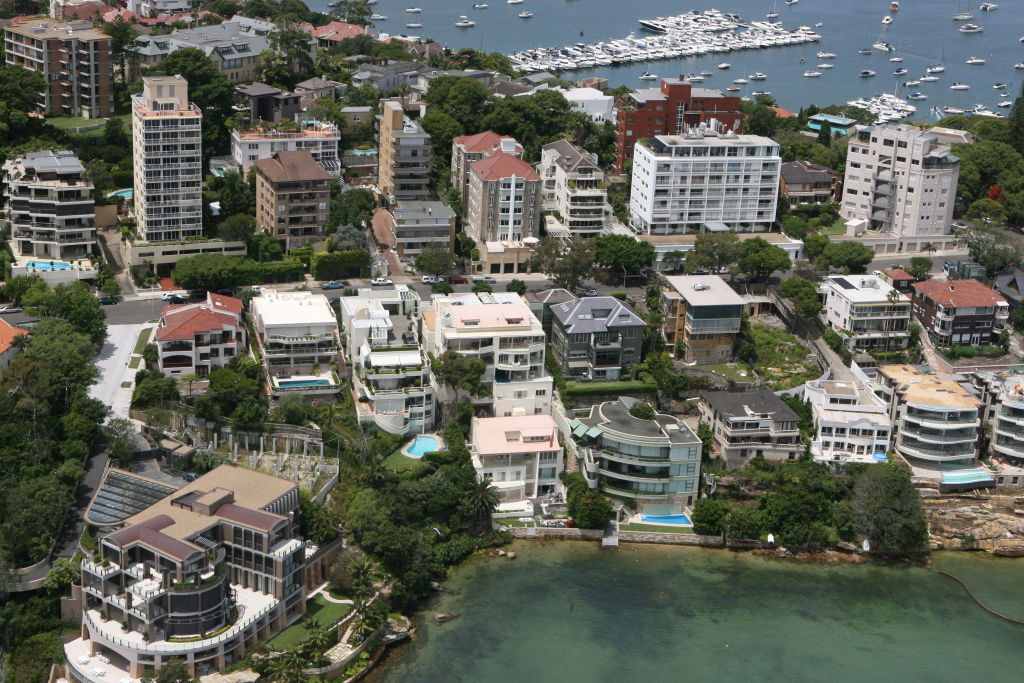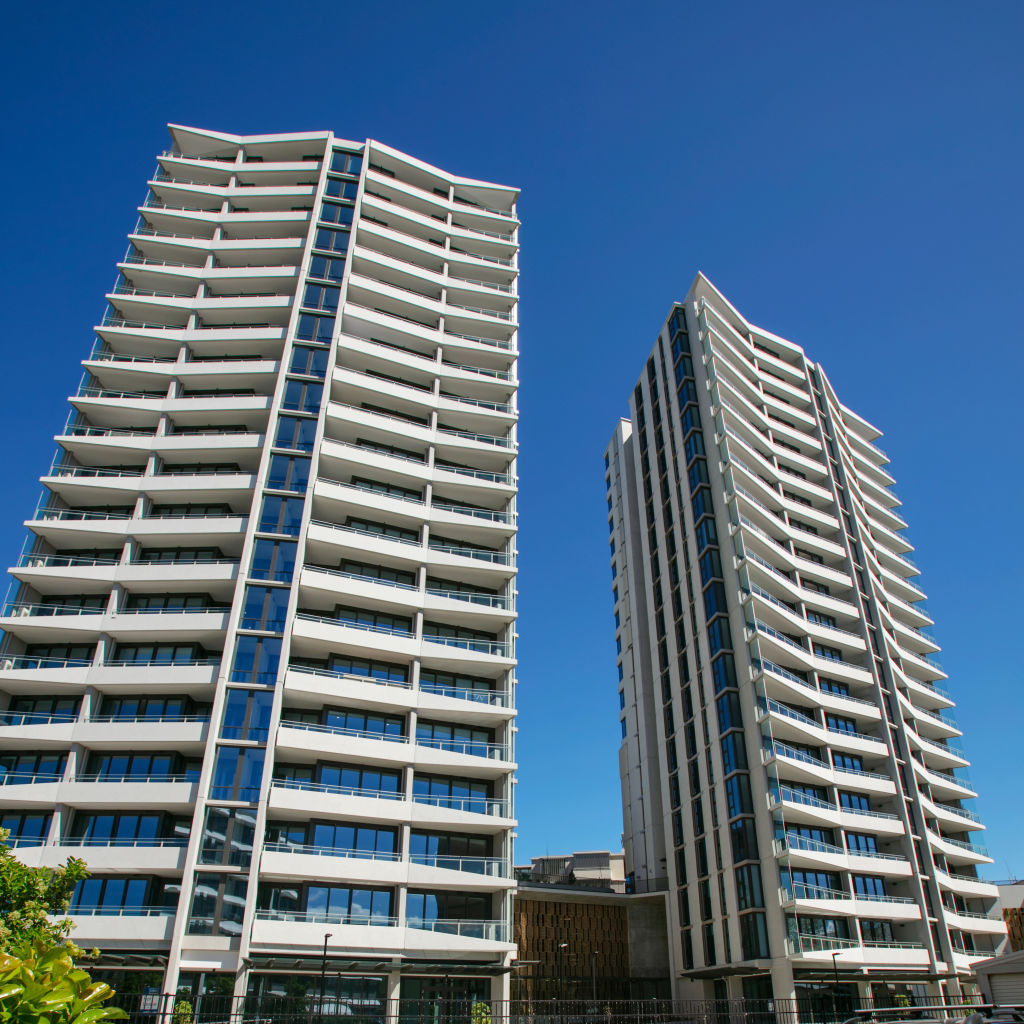
Chinese buyers abandon Australian property, replaced by US investors: FIRB report
China’s foreign investors have abandoned the Australian property market in droves, replaced by a surge in the number of buyers from the US.
US investment in Australian real estate soared to $19.5 billion in the 2018-19 financial year, more than three times what it was the year prior, followed by a jump in Canadian investment from $2.1 billion to $13.3 billion.
As North America’s investment has grown, investment levels from China halved in a year from $12.6 billion to $6 billion last financial year, ranking it fifth largest source country for real estate investment behind Singapore and Hong Kong.
“The reduction in proposed investment applications, by value, from China reflects an ongoing downward trend in the value of Chinese investment from its peak in 2015-16,” said Foreign Investment Review Board chairman David Irvine in the annual report, tabled in Parliament on Thursday.
“This can be attributed to a range of factors such as China’s internal domestic policy settings, including increased scrutiny of outbound investment and stricter capital controls.”

Figures show the residential real estate sector saw a modest rise in the number of approved purchases last financial year to $14.8 billion, up from $12.5 billion, but remains a fraction of the $72.4 billion worth of residential investment that was approved at the peak of the foreign buyer boom in 2016.
The drop in residential real estate investment was not just pinned on China’s internal policy settings, but also local factors like the introduction of foreign investment application fees, the doubling of stamp duty in Victoria and NSW, and tighter lending conditions from the banks.
Established dwellings also saw fewer approvals for purchase from temporary residents, down from 5876 in the 2015-16 financial year to just 1312 four years later.
Of last financial year’s total $88.5 billion worth of real estate approvals more than $19.5 billion came from the US and $13.3 billion from Canada. Singapore accounted for $9.8 billion worth of investment, closely followed by Hong Kong’s $9.3 billion, and lagged by China’s $6 billion and New Zealand’s $4.7 billion.

Executive chairman of Chinese property portal Juwai-IQI Georg Chmiel said he expected the downward trend in Chinese property investment to turnaround this year given a resurgence in buyer inquiries since the COVID-19 pandemic gripped global markets.
“In April, Chinese buyers made twice the number of inquiries on Australian real estate as in any other month so far this year and 50 per cent more than in any month in the second half of 2019,” Mr Chmiel said.
“There may have been a great deal of pent-up activity taking place in April, so we don’t expect Chinese buyer inquiries to remain at this height for the rest of the year.”
Hong Kong’s interest in Australian property had already started to soar before widespread protests erupted in June last year. Hong Kong was the fourth largest source country of real estate investment for the past two years running, but the scale of investment has more than tripled from $2.8 billion to $9.3 billion.